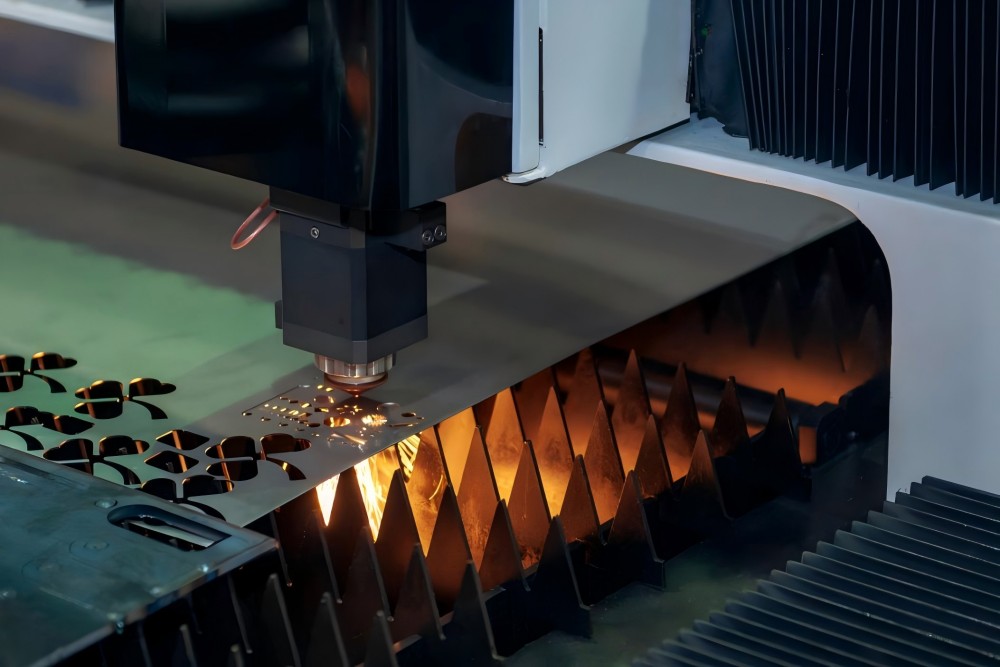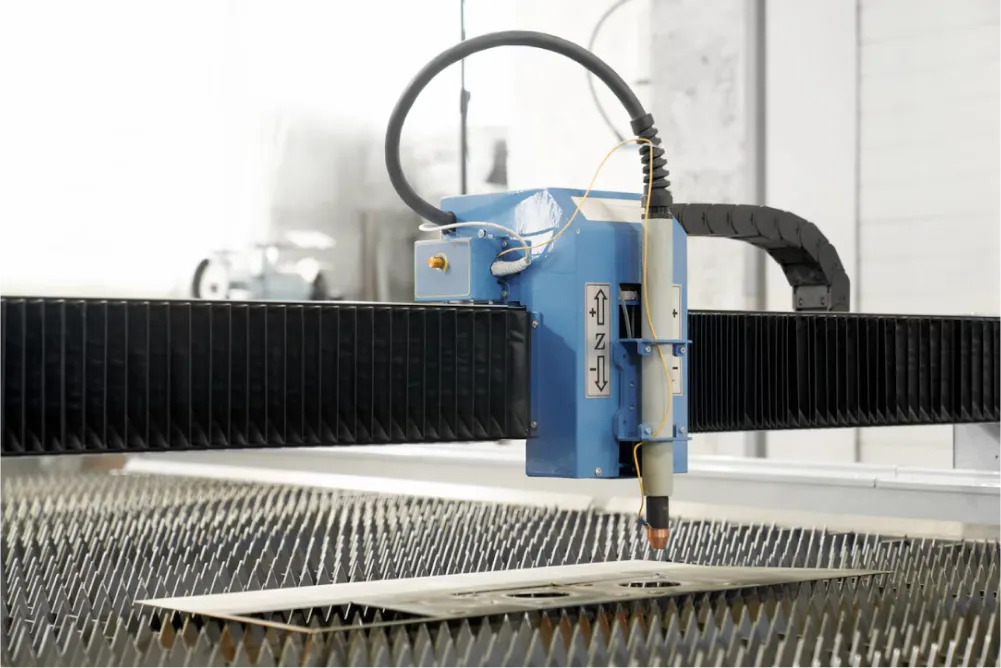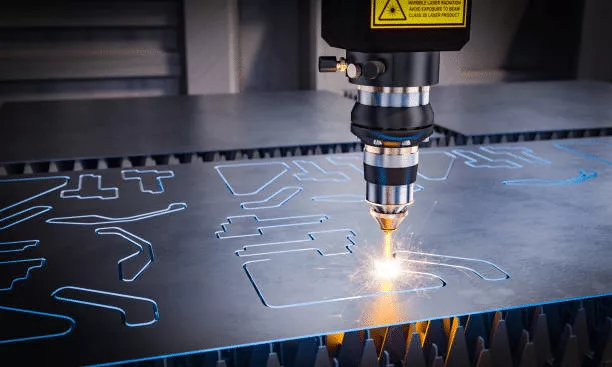Metal stamping is an essential process in the manufacturing industry. However, like any complex process, it is prone to certain defects. Understanding these common stamping defects and finding effective solutions is crucial for maintaining product quality and optimizing production efficiency. This article will delve into the most frequent issues encountered in stamping and provide actionable solutions to address them.

Understanding Stamping Defects
Stamping defects can occur due to various factors, including machine malfunction, improper material handling, or environmental influences. Identifying these defects early in the production process can save manufacturers significant time and resources.
Types of Stamping Defects
There are several types of defects that manufacturers may encounter. Each defect has unique characteristics and requires specific solutions for correction.
Surface Imperfections
Surface imperfections are among the most common stamping defects. These often appear as scratches, dents, or unwanted textures on the metal’s surface.
Causes of Surface Imperfections
Improper handling of materials or tools can lead to surface imperfections. Additionally, contaminants or debris on the metal surface can exacerbate the problem.
Solutions for Surface Imperfections
Regular cleaning of tools and equipment, along with careful handling of materials, can minimize the occurrence of surface imperfections. Implementing a strict quality control process, such as the ones discussed in this Quality Control Guide, can further reduce such defects.
Dimensional Inaccuracies
Dimensional inaccuracies occur when stamped parts do not meet the required specifications. This can lead to assembly issues and compromised product integrity.
Causes of Dimensional Inaccuracies
Machine calibration errors or worn-out tools often cause dimensional inaccuracies. Environmental factors, such as temperature and humidity, can also impact the stamping process.
Solutions for Dimensional Inaccuracies
Regular maintenance and calibration of machinery are essential. Employing advanced inspection techniques, like those found in our Inspection Techniques article, can ensure parts meet exact specifications.
Burr Formation
Burrs are unwanted protrusions of material that occur on the edges of stamped parts. These can cause assembly issues and pose safety risks.
Causes of Burr Formation
Burrs typically form due to dull cutting tools or incorrect tool alignment. Rapid production speeds can also contribute to burr formation.
Solutions for Burr Formation
Using sharp, well-aligned tools and controlling production speeds can help prevent burrs. Additionally, investing in high-quality equipment, as outlined in our Equipment Guide, can minimize these defects.
Material Fracture
Material fracture refers to cracks or breaks in the stamped part. This defect can compromise the structural integrity of the final product.
Causes of Material Fracture
Material fracture often arises from excessive stress during stamping or the use of substandard materials. Incorrect die design can also contribute to this issue.
Solutions for Material Fracture
Choosing the right materials and optimizing die design are crucial steps. Regular die maintenance, as highlighted in our Die Maintenance Guide, can further prevent fractures.
Wrinkling
Wrinkling is a defect characterized by unwanted folds in the stamped material. It can lead to poor aesthetics and functional issues.
Causes of Wrinkling
Wrinkling is usually caused by improper material flow during stamping or incorrect die clearance.
Solutions for Wrinkling
Ensuring adequate die clearance and controlling material flow can reduce wrinkling. Advanced stamping techniques, as mentioned in this guide, can also help manage this defect.
Thinning
Thinning occurs when excessive material stretching reduces the thickness of the stamped part, potentially weakening it.
Causes of Thinning
Thinning is often due to incorrect die design or excessive pressure during stamping.
Solutions for Thinning
Optimizing die design and controlling stamping pressure are key to preventing thinning. Explore more about die design in our Medical Stamping Guide.
Conclusion
Understanding and addressing common stamping defects and solutions is vital for maintaining high-quality production standards. By implementing effective solutions and maintaining a proactive approach to quality control, manufacturers can enhance their stamping processes and ensure the production of reliable and durable products.

FAQs
What are the most common stamping defects?
The most common defects include surface imperfections, dimensional inaccuracies, burr formation, material fracture, wrinkling, and thinning.
How can I prevent burr formation in stamping?
Prevent burrs by using sharp, well-aligned tools and controlling production speeds.
Why do dimensional inaccuracies occur?
Dimensional inaccuracies often result from machine calibration errors, worn-out tools, or environmental factors.
This article contains affiliate links. We may earn a commission at no extra cost to you.

